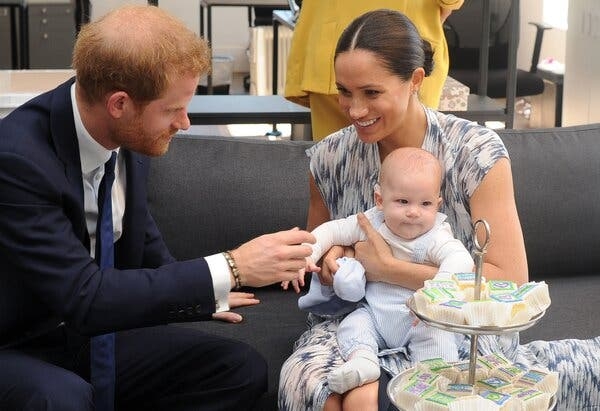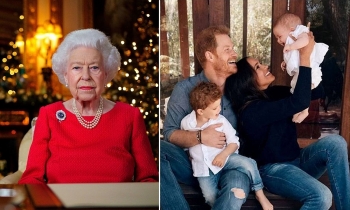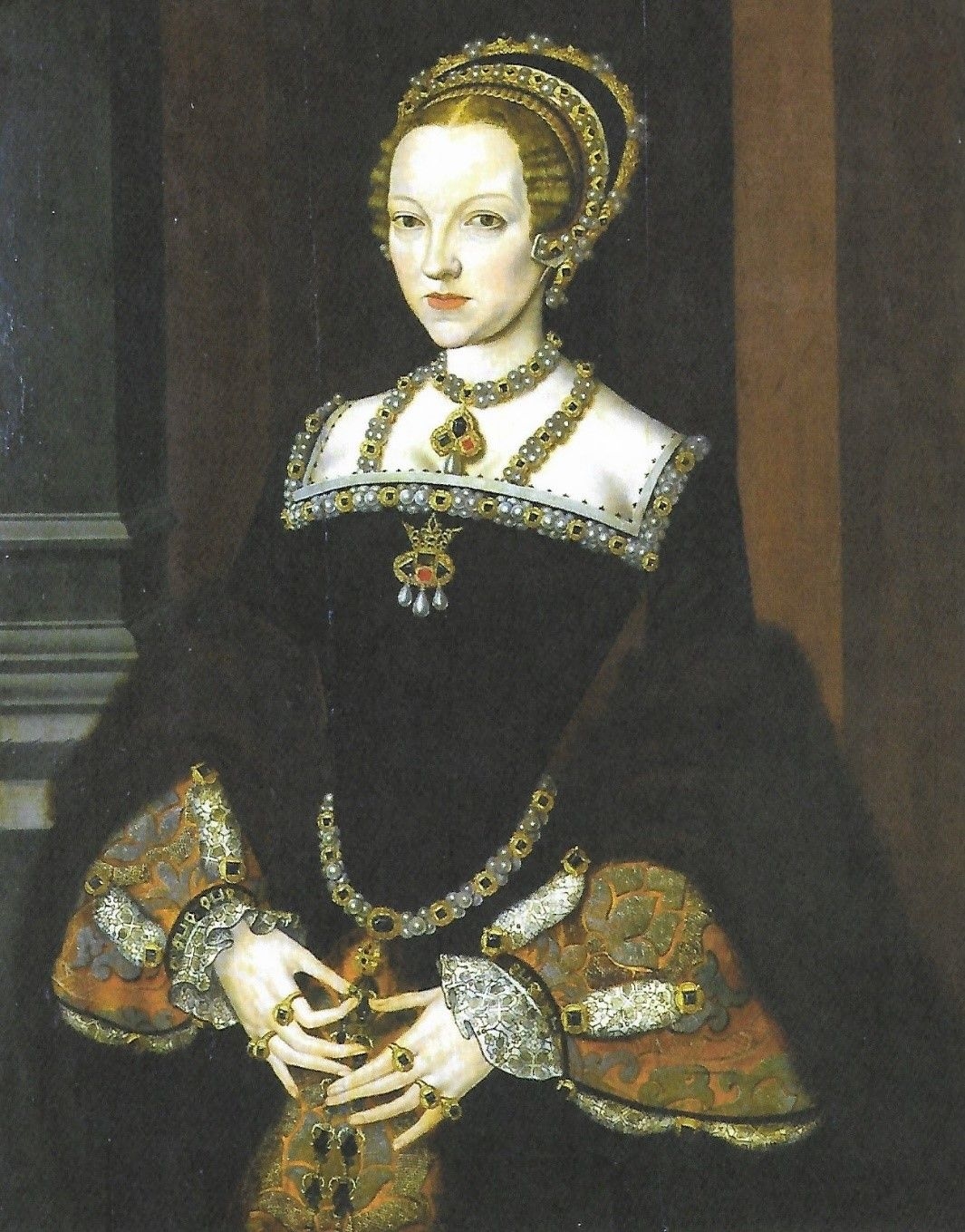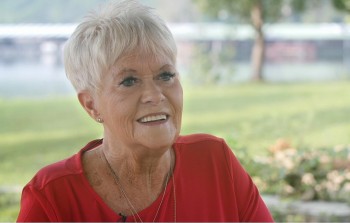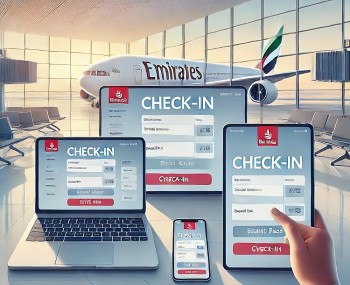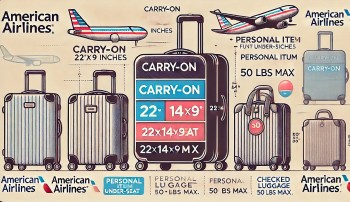Why Isn't There A King Of England?
 |
| Photo Town and Country Magazine |
| Table of Content |
Sixty-seven years ago, Princess Elizabeth ascended the throne to become Queen Elizabeth II, while her husband, Prince Philip, remained a prince. So why was Prince Philip not 'King Philip'?
What is monarchy?
Monarchy is rule by an individual who is royal, and the system is usually hereditary. The term monarchy derives from the Greek, monos arkhein, meaning ‘one ruler’.
The British monarch, Queen Elizabeth II, is the sovereign and head of state of the UK and its overseas territories. The monarch, referred to in the abstract as ‘The Crown’, is the source of all legislative and executive power. Since Henry VIII, the British ,monarch is also Supreme Governor of the Church of England.
The British monarch is also the Head of the Commonwealth, and the head of state in 15 of the other 53 Commonwealth member countries.
The British political system is a ‘constitutional monarchy‘: the supreme power held by the monarch is largely ceremonial and formal, with actual political power exercised by others.
The role of the Monarch in the UK
In the United Kingdom, the monarch has the following constitutional duties: the state opening of parliament; the appointment of the prime minister; the approval of parliamentary legislation; the approval of official appointments; the approval of secondary legislation through the privy council; representational duties as head of state such as paying and receiving state visits to and from other heads of state; receiving the credentials of foreign Ambassadors; and regular confidential audiences with the prime minister.
In addition to these constitutional duties, the monarch is also the head of the armed forces; the head of the judiciary; the head of the civil service; and the supreme governor of the Church of England.
The monarch is also the fount of honour, and all honours are awarded in his or her name (although, with notable exceptions, most are awarded on the advice of the government).
Origin Of The Monarchy
The history of the monarchy traces back to the existence of small kingdoms of early Anglo-Saxon England and medieval Scotland. In the 10th century, the minor kingdoms consolidated to form the Scotland and England kingdom. The kingdom gradually conquered other territories and by 1707, the Kingdom of Great Britain was created. In 1801, the kingdom became bigger with the joining of the Kingdom of Ireland. Although part of the monarchy seceded to form the Irish free state in the 1920s, the kingdom has remained steadfast.
Succession
Accession to the throne is governed by various statutes and only an Act of Parliament can alter the statutes. The immediate heir apparent takes over the throne upon the death of a sitting monarch. Accession council sits at St. James Palace and publicly proclaims the next ruler who is crowned by the Archbishop of Canterbury.
Restrictions To The Throne
Since the formation of the kingdom, there have been restrictions regarding accession to the throne based on either religion or gender. Traditionally a male was given preference over a female. A son ascends before a daughter and if the children are of the same gender then the elder inherits before the younger one. However, in 2011, Prime Minister David Cameron stated that gender-based preference was to be abolished for any child born after October 28, 2011. Another law that was abolished was the 1701 Act of Settlement which stated that one cannot succeed the throne if he or she is married to a Catholic.
Why Isn’t There A King Of England?
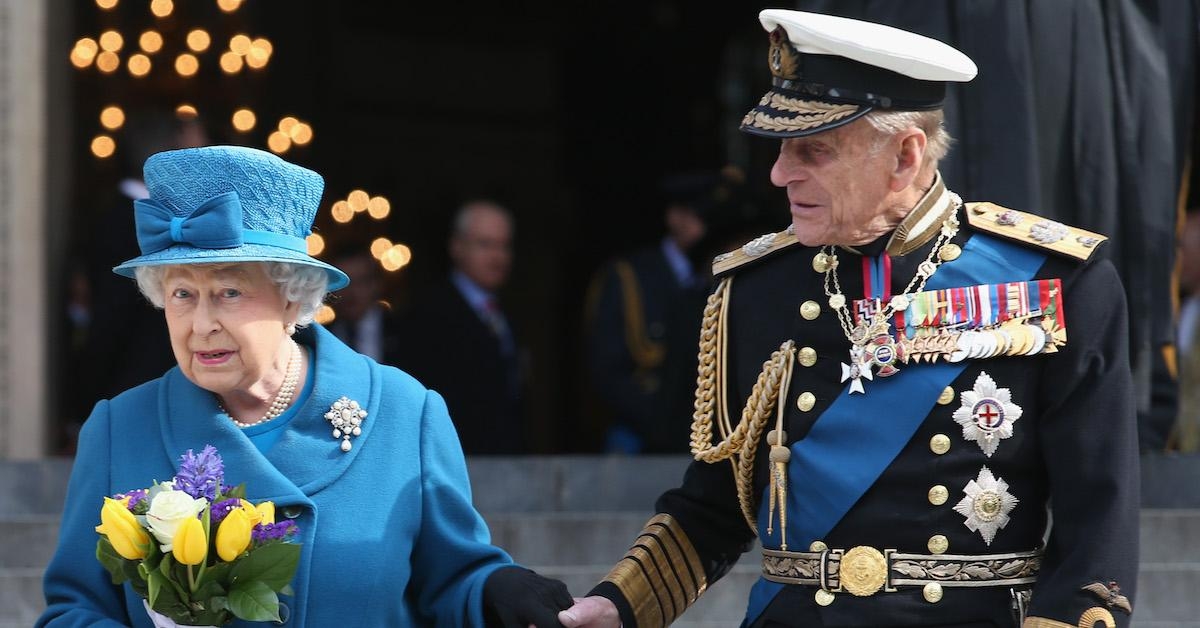 |
| Photo Reader's Digest |
If the immediate former monarch the Late King George V1 had a son, then he would have ascended to the throne making England have a king. However, King George V1 who reigned between December 11, 1936, and February 6, 1952, gave birth to only two daughters named Elizabeth and Margaret. The eldest daughter, Elizabeth, therefore took over as the monarch and is the current ruler. Though Elizabeth is married to Prince Philip, the law does not allow the husband to take the title of a king. The reason being Queen Elizabeth is queen regnant, having inherited the position thereby becoming a ruler in her own right.
Were Queen Elizabeth and Prince Philip related before their marriage?The Queen and the Duke of Edinburgh are both great great grandchildren of Queen Victoria. The Queen is a direct descendant of Queen Victoria’s eldest son King Edward VII and the Duke of Edinburgh is a direct descendant of Queen Victoria’s daughter Princess Alice. |
Why was Prince Philip not King Philip?
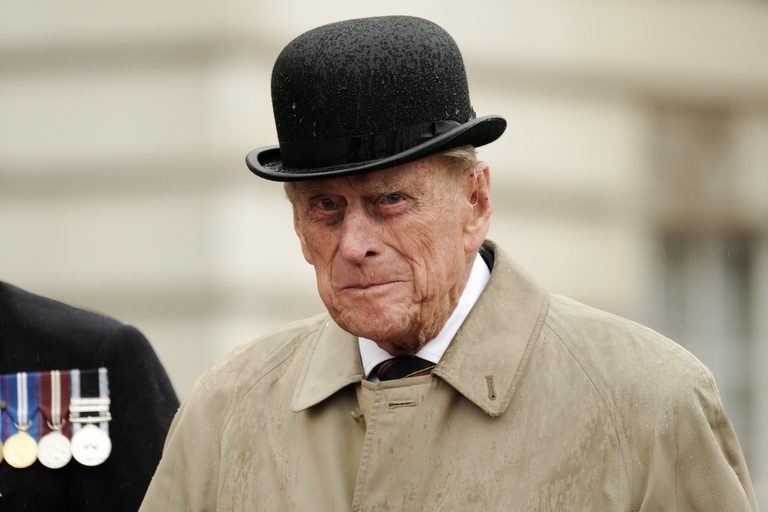 |
| Photo Shutterstock |
The answer is found in British Parliamentary law, which determines who’s up next for the throne, and also what title his or her spouse will have. In terms of succession, the law looks only to blood, and not to gender. This rule makes the royal family tree sounds complicated, but it’s actually easily explained. In terms of the spouses of royalty, however, that law treats men and women differently. Here’s an easy guide to the current line of succession.
When a male in the royal bloodline marries: His wife takes whatever is the female form of his title. Thus, when Prince William married Kate Middleton and became Duke of Cambridge, Kate became Duchess of Cambridge, and when Prince William becomes King, Kate’s title will change to match William’s. And delving back a couple of generations, when Queen Elizabeth II’s father, George VI, became King, his wife’s title became “Queen Consort,” although she was usually referred to as “Queen Elizabeth” (having been born Elizabeth Angela Marguerite Bowes-Lyon, not to be confused with Queen Elizabeth I of England, daughter of Henry VIII and Anne Boleyn). Queen Elizabeth held her title until George died, at which point Elizabeth II ascended to the throne, and her mum became “Queen Mother.”
When a female in the royal bloodline marries: Her husband is not eligible to take the male form of his wife’s title, as Marlene Koenig, a royal historian and writer of the Royal Musings blog, told Town and Country. That’s why Princess Eugenie’s husband, Jack Brooksbank, remains “Mr. Jack Brooksbank” when they got married in October 2018.
In keeping with this, when Philip Mountbatten married then-Princess Elizabeth in 1947, he did not become Prince. It wasn’t until 1957 that Queen Elizabeth bestowed the title of “prince” on Philip by issuing a letters patent. Fun fact: Philip was born a prince to both the Greek and Danish royal families but renounced his right to those thrones and titles to marry Elizabeth, and presumably as an incentive to do so, was designated His Royal Highness, the Duke of Edinburgh on the eve of the wedding, a title he retained until his death in 2021.
Who was the oldest person to become king or queen? Will Prince Charles be the oldest?King William IV was 64 years old when he became king in 1830 and succeeded his elder brother George IV. Prince Charles the current heir to the throne became 68 on 14th November 2016 and is now the longest waiting heir to the throne. Edward VII became king after the death of his mother Queen Victoria in 1901 when he was 59 years and 2 months old. Kings & Queens by age of accession to the throne. |
Why is Prince Harry's son Archie not a Prince, when Prince William's children George and Louis are?
Under a letter patent issued in 1917 by George V, the great-grandchildren of the monarch would no longer be princes or princesses, except for their eldest son of the eldest son of the Prince of Wales. In 2012 Queen Elizabeth II issued a letter patent extending it to all Prince William's children. So William and Harry as the sons of Charles, Prince of Wales, and grandsons of the monarch are both princes, and Prince William's children are Prince George, Princess Charlotte and Prince Louis, but as Archie is the great-grandson of the monarch and Harry is the younger son of Prince Charles his son Archie is not a prince. Prince Andrew's daughters Beatrice and Eugenie are princesses as grand-daughters of the monarch, but Eugenie's son August does not have a title. Being a prince or princess goes through the male line, so the Queen's daughter Princess Anne has the title Princess Royal, but her children Peter and Zara do not have titles. It is traditional that they would have been made a Duke and Duchess or Earl and Countess, but it is understood that Princess Anne asked the Queen not to give her children titles so they could live as private individuals. Prince Edward declined to be made a Duke on his marriage and became Earl of Wessex, so that his wife Sophie is Countess of Wessex. The Royal Family is descended directly from the Anglo-Saxon Kings of Wessex. On their marriage is was anounced that their children would not be titled Prince and Princess but as the children of an Earl, so they are Lady Louise and James Viscount Severn.
|
Will There Be A King In Britain In The Future?
Queen Elizabeth is currently the longest reigning British monarch having ascended to the throne in 1952. Upon the death of the queen, her firstborn, Charles, will take over the throne as long as he does not die before his mother or abdicate the position. The second born of the queen is a daughter named Ann. She and her descendants come after Charles and his descendants as heir to the throne. Charles gave birth to two sons, William who is now the second in line to accession to the throne and George.
Which King or Queen reigned for the longest time?The longest reigning British monarch is Queen Elizabeth II who including today has reigned for 69 years, 7 months, and 18 days which is the longest reign in over 1,200 years of British History. On 10th September 2015 she surpassed her great great grandmother Queen Victoria who reigned for 63 years, 7 months and 2 days from 1837-1901. See Kings and Queens by length of reign. Which King or Queen reigned for the shortest time?
Edward VI named his cousin Lady Jane Grey as his successor and she was proclaimed queen on July 10, 1553 by her father-in-law the Duke of Northumberland. She was 16 years old. Meanwhile Edward's half sister Mary eldest daughter of Henry VIII was also proclaimed queen. The situation was resolved 9 days later on July 19 1553 when Mary arrived in London and was proclaimed as the rightful queen. Mary was crowned Queen on Oct 1, 1553. Lady Jane Grey was executed on February 12, 1554. Another who was not crowned was Edward V. His father Edward IV died on April 9, 1483, but he was usurped by his uncle Richard III who proclaimed himself king 2 months later on June 26 and crowned on July 6, 1483. The date that Edward died is unknown - he was presumed murdered with his brother in the Tower of London at sometime in September that year. The shortest reigning crowned king was Edmund II for 7 months from 25 April - 30 November 1016. Kings and Queens by length of reign. |
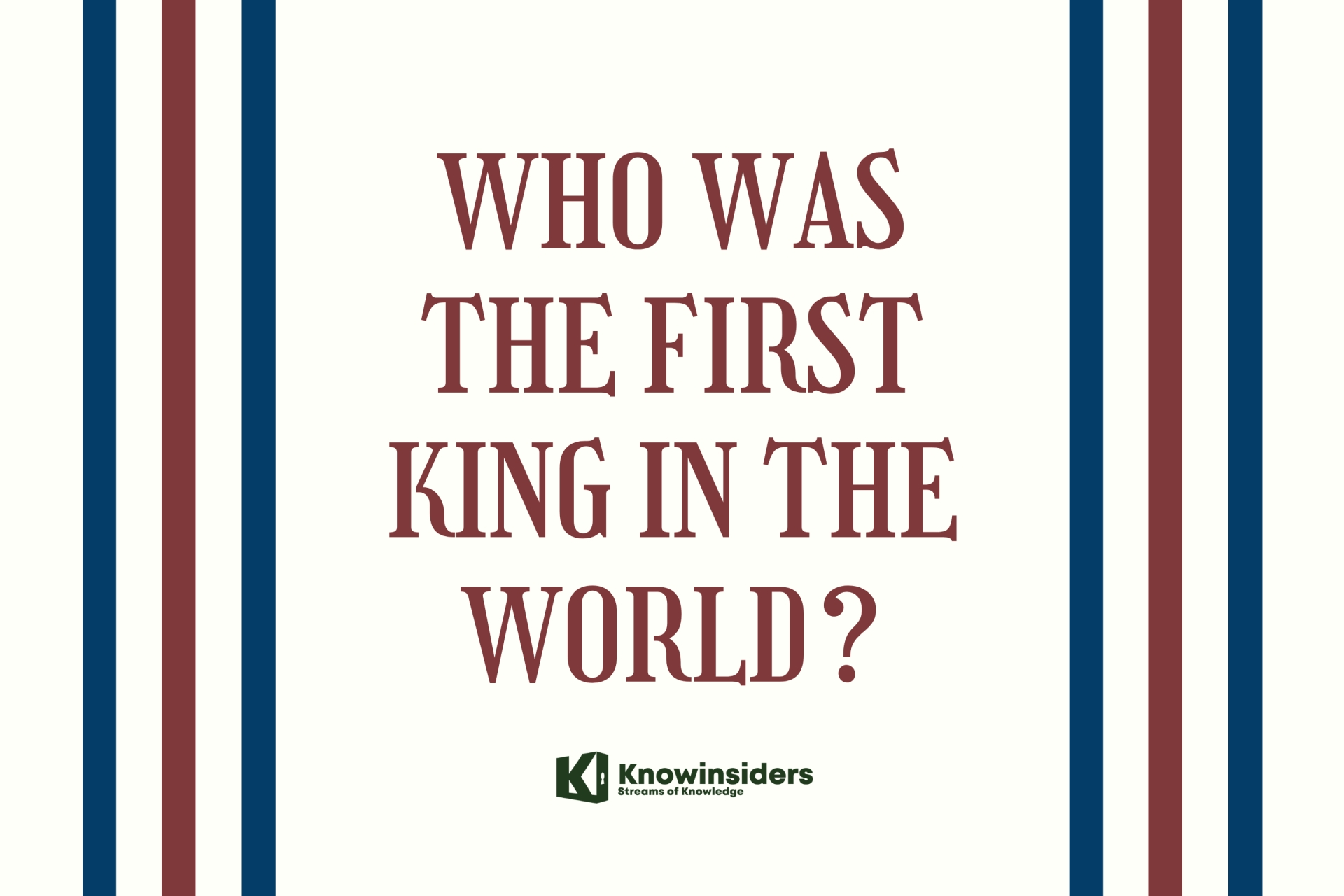 Who Was The First King And Top 10 Greatest Kings In The World of All Time Who Was The First King And Top 10 Greatest Kings In The World of All Time Who was the King of the first empire in the world’s history? Read on this article to know the answer. |
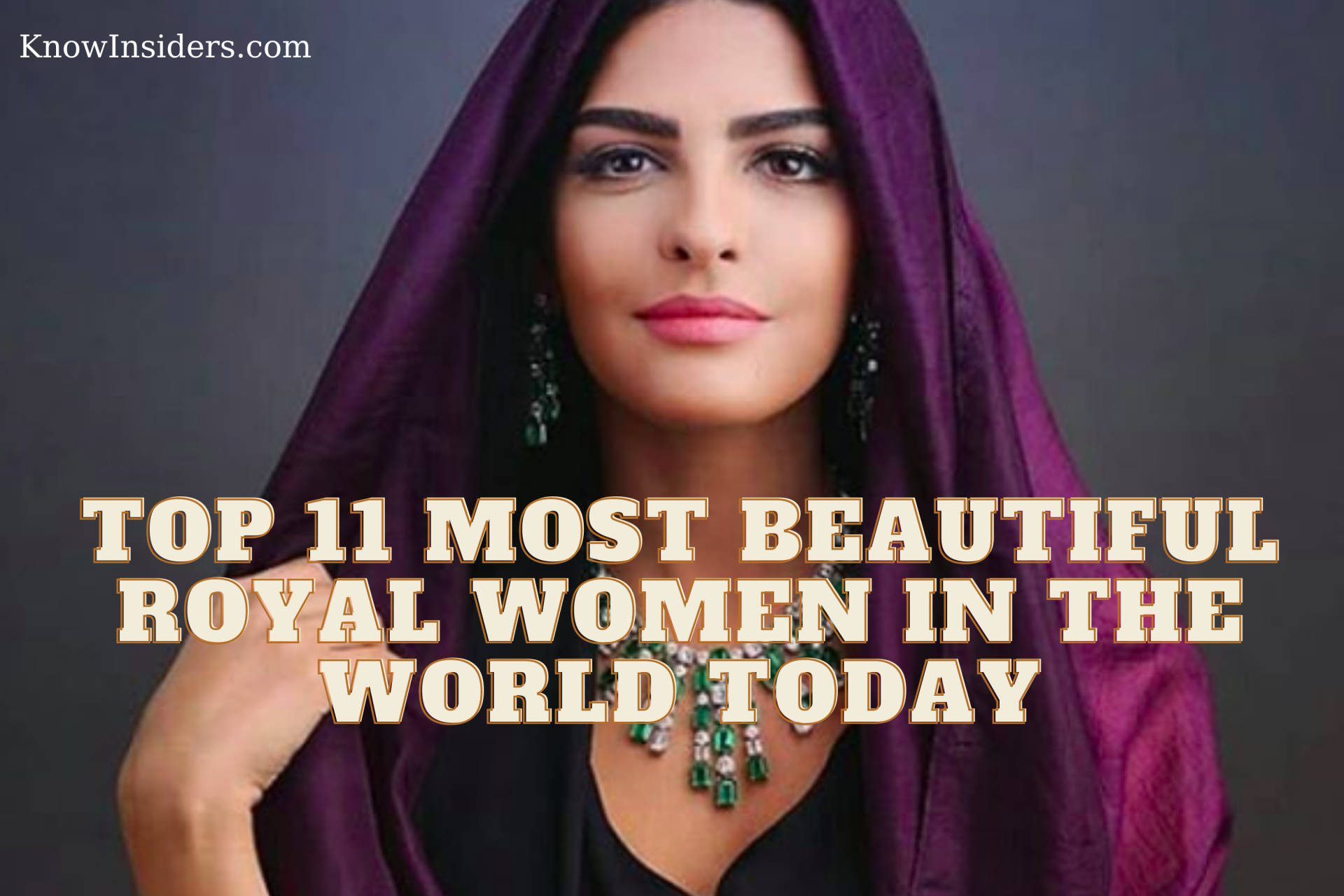 Top 11 Most Beautiful Royal Women In The World Today Top 11 Most Beautiful Royal Women In The World Today Royal people always attract attention, especially beautiful ones. Right below is a list of the 15 most beautiful royal women in the world today that ... |
 How many Royal Families are there in the World 2021 How many Royal Families are there in the World 2021 By 2021, There are at least 26 countries in the world currently still maintain monarchy with the king or queen ruling the nation. How many ... |


